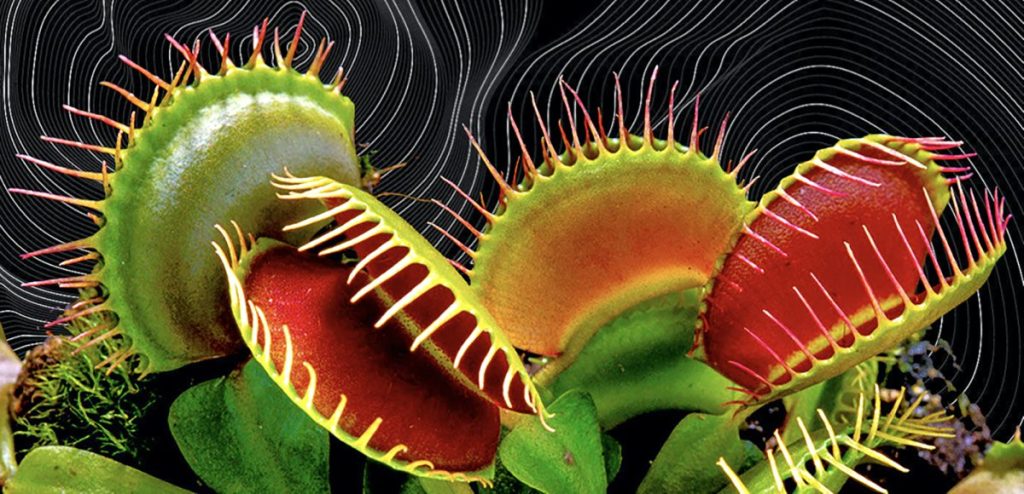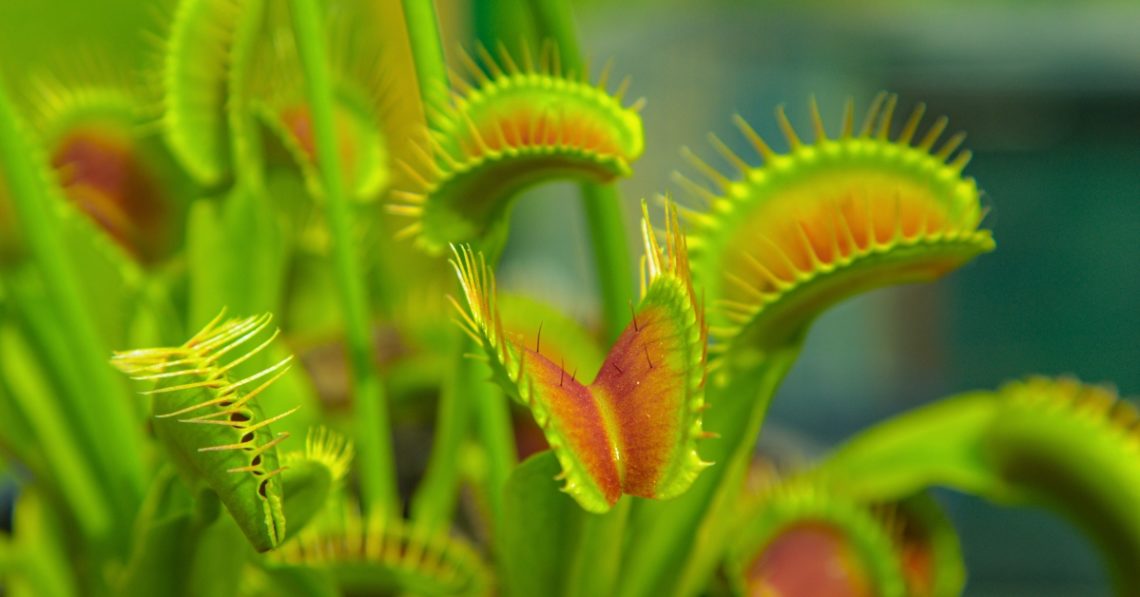New research out of Japan sheds some light on how Venus flytraps know when to snap their creepy little mouths shut. It all has to do with the little, barely visible hairs it has along the inside of its “mouth.”
It turns out that the flytrap has a biological amplifier built into its trigger hairs. According to new research published in Nature Communications, it’s got ion channels that act like a little megaphone that notify the plant that it’s got some lunch in its mouth.
These ion channels, hiding at the base of the sensory hairs, take even the faintest touch and turn it into a signal that zips around the entire plant. The flytrap doesn’t have a nervous system in the way we do, yet it somehow acts like it does.

The Venus Flytrap Can Actually ‘Feel’ When to Bite, Thanks to a Hidden Nervous System
In 2016, scientists found that the flytrap “counts” touches. If there are two or more within 20 seconds, the jaws snap shut. By 2020, researchers discovered that calcium ion spikes were basically the plant’s short-term memory.
For the new study, researchers genetically engineered Venus flytraps with fluorescent proteins that light up when calcium ions surge. They gave the plants little taps and found that soft touches caused minor, localized reactions, while stronger ones essentially smashed the plant’s big red Emergency button.
Those little hairy sensors are composed of two types of cells. One detects the touch, the other spreads the signal. Destroy one, and the system breaks. In test after test, flytraps with damaged detector cells couldn’t even be bothered to react to entire ant colonies crawling over them.
They were so broken that they couldn’t even close their mouths to eat. This study suggests that this type of plant touch sensitivity may be more prevalent than previously thought.
The post Scientists Discovered How Venus Flytraps Know When to Close Their Mouths appeared first on VICE.




